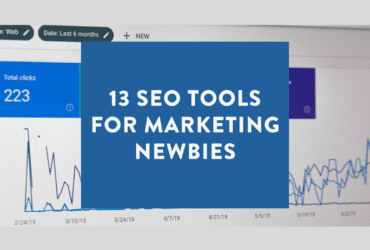A lot of business owners start SEO hoping that their rankings will eventually become so good that they won’t need to keep paying for Google Ads each month.
SEO tolls can make your life a lot easier, especially when you’re just starting in marketing.
Local SEO is super competitive, so you need to put in some effort to increase your rankings.
A Google Business Profile is a powerful tool that might be the key to ranking higher on search results pages.
Duplicate content and copied content are things we need to be aware to help with rankings. We explain everything you need to know about duplicate content.
Did you know there are several things you can do to make your search more effective? These are called search operators - they’re like commands that help Google to know what you want to find so you can find it quicker.
Grab your pick-axe and let’s dig into how you should respond to Google and Facebook reviews to create the best results for your business.
Optimise your Google Maps Listing in Google My Business to have a greater chance of being found by people who are using Google to discover local products.
There is a clear difference between follow and no-follow links and over the years Google has tried to encourage website owners to use do follow links sparingly. You even get plugins for WordPress which automatically make your links no-follow. So, what’s the difference between do follow and no follow links?











